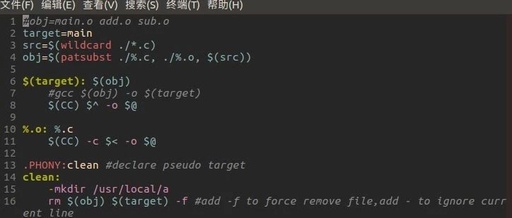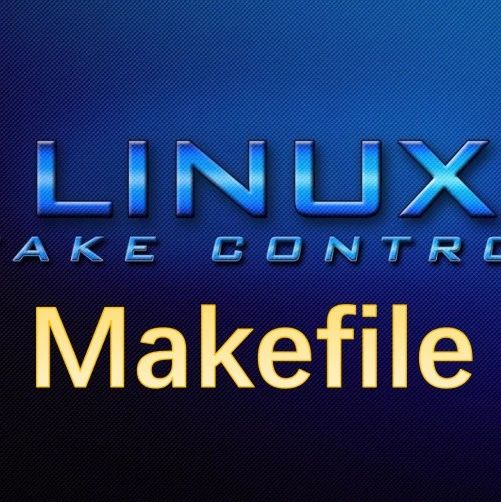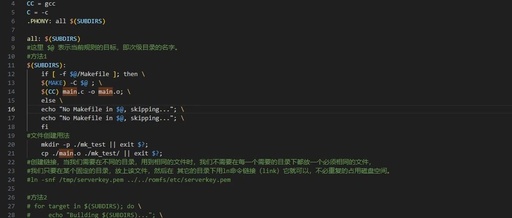Taskfile vs Makefile: Which Build Tool Reigns Supreme?
1. What is Taskfile Taskfile describes various execution tasks using YAML and is primarily written in Go. Compared to Makefile which uses tab-separated and bash syntax, Taskfile appears more modern and user-friendly (although it may turn you into a YAML engineer). Taskfile has built-in advanced features such as dynamic variables and recognition of operating system … Read more









